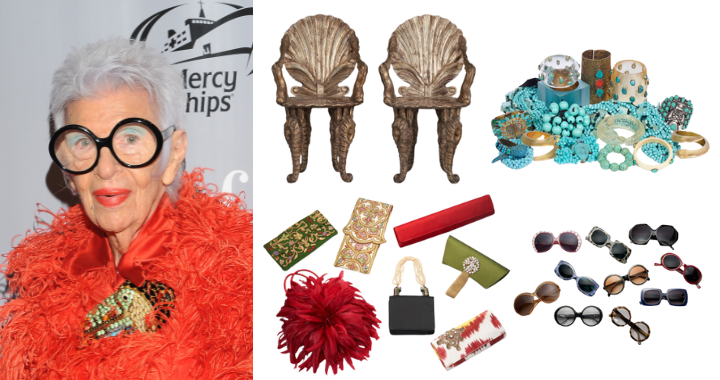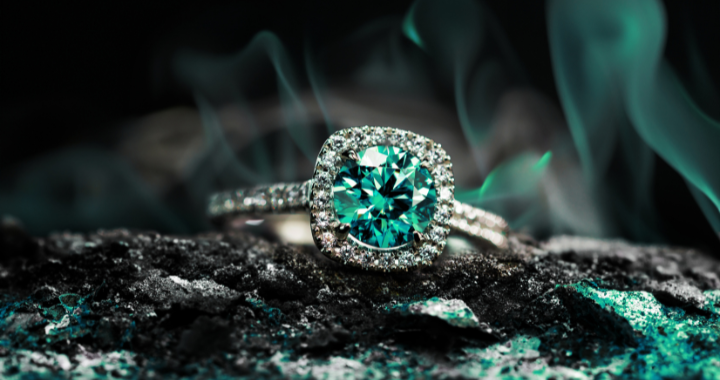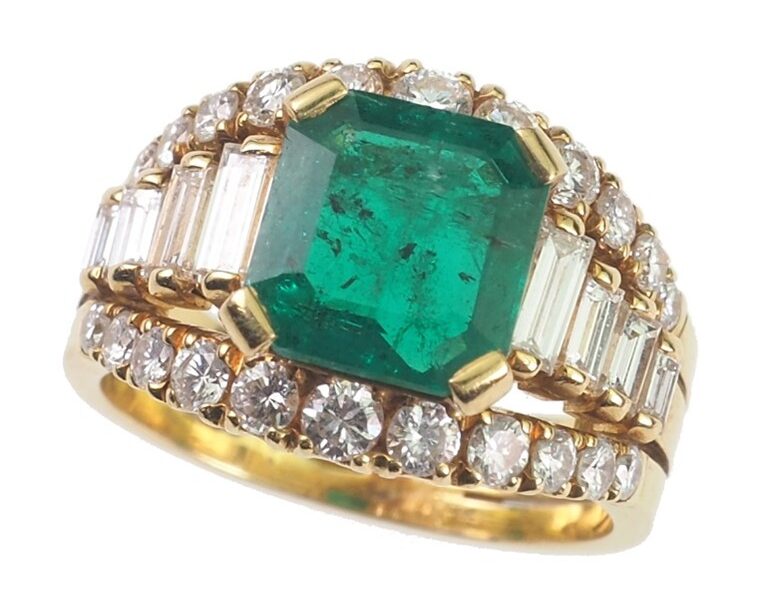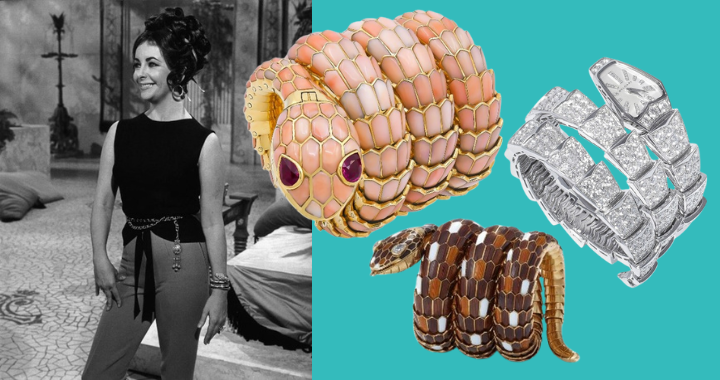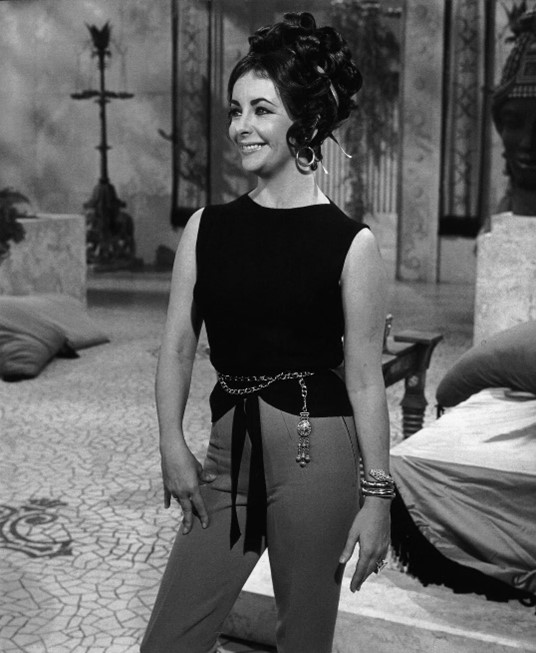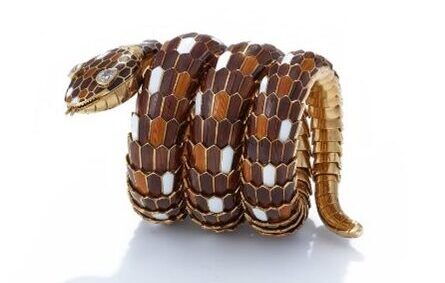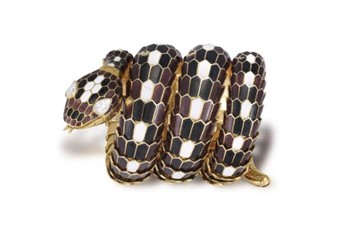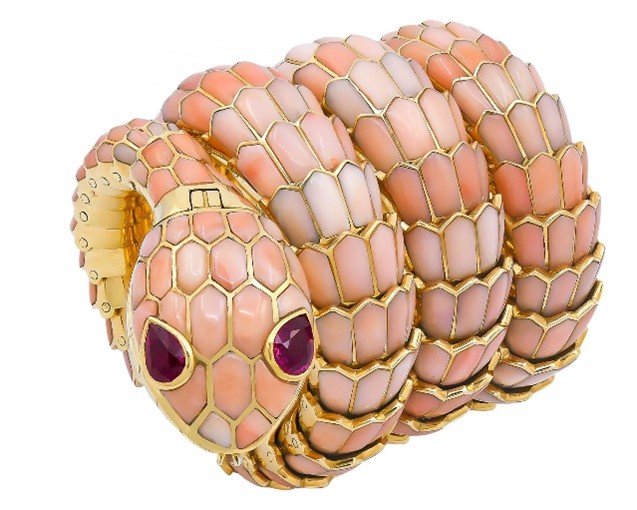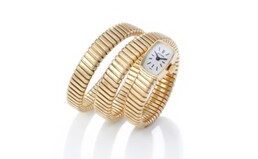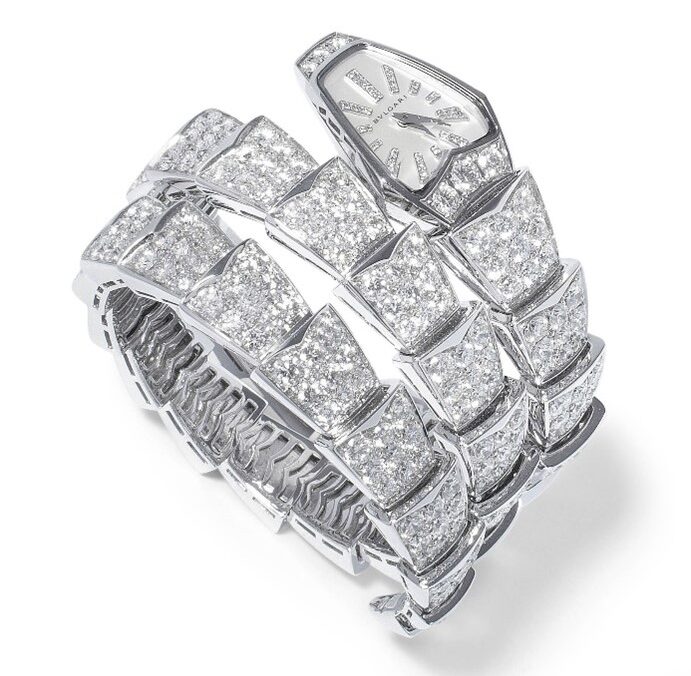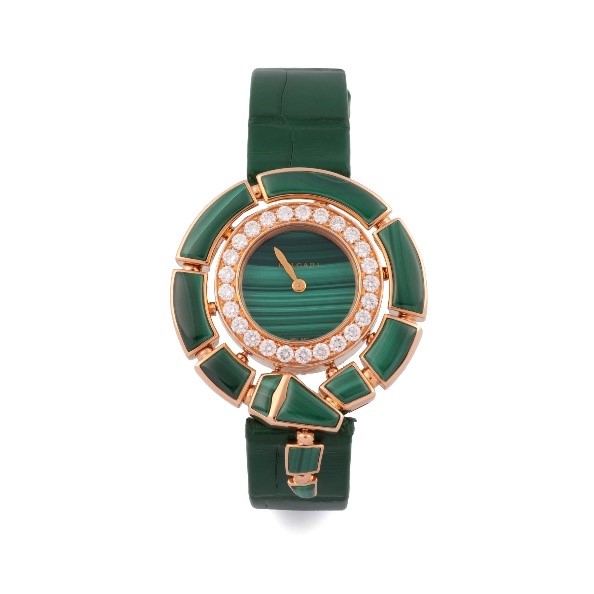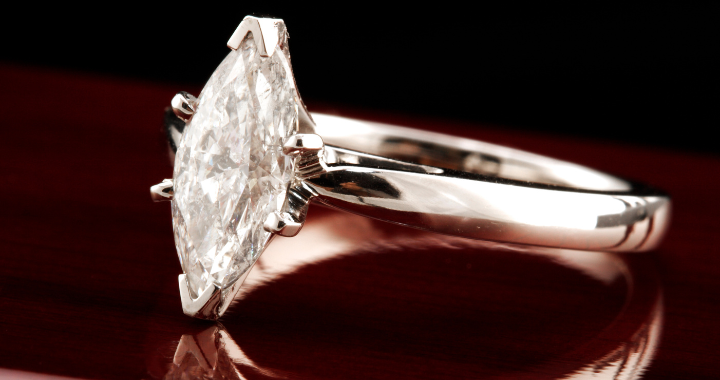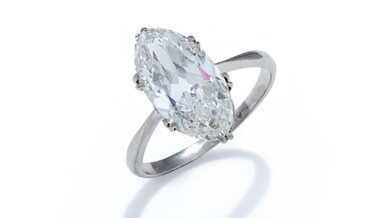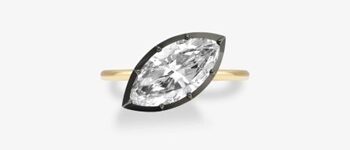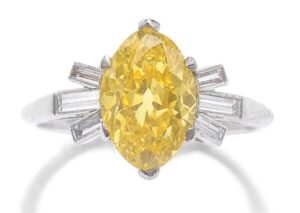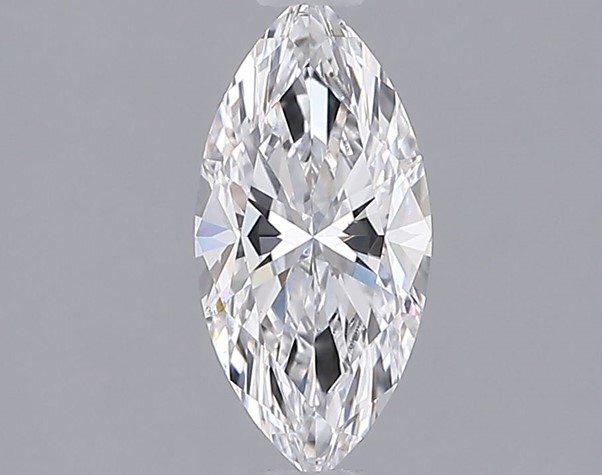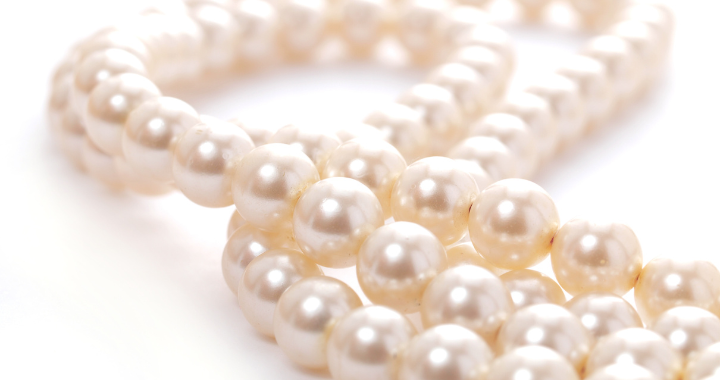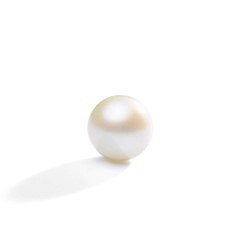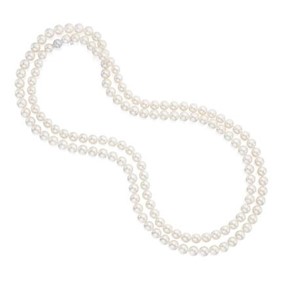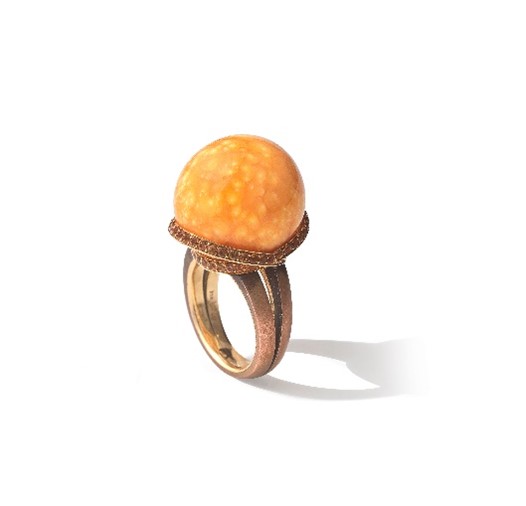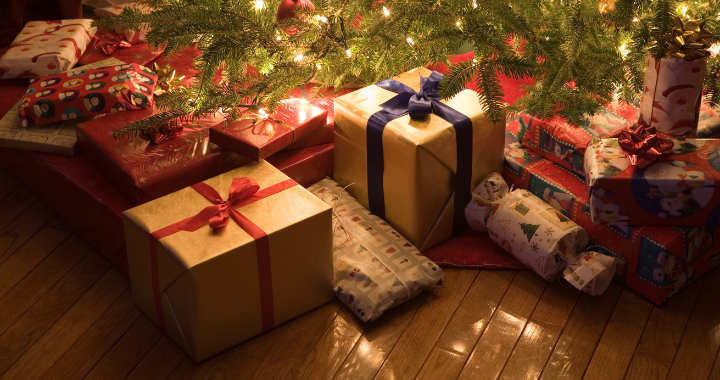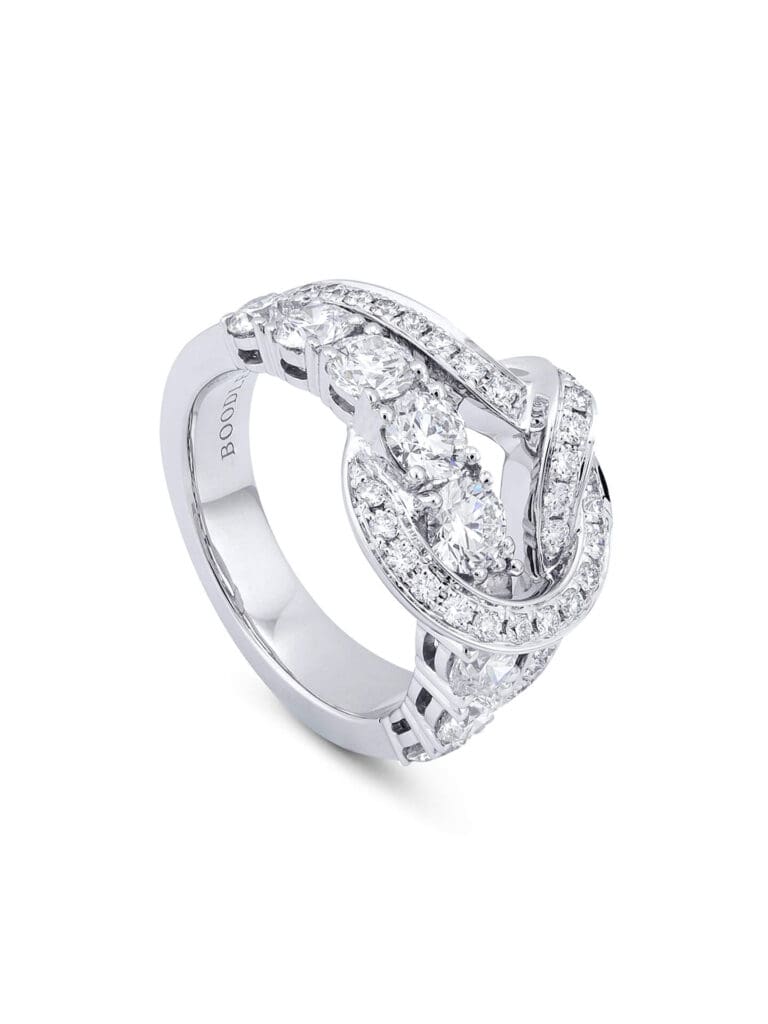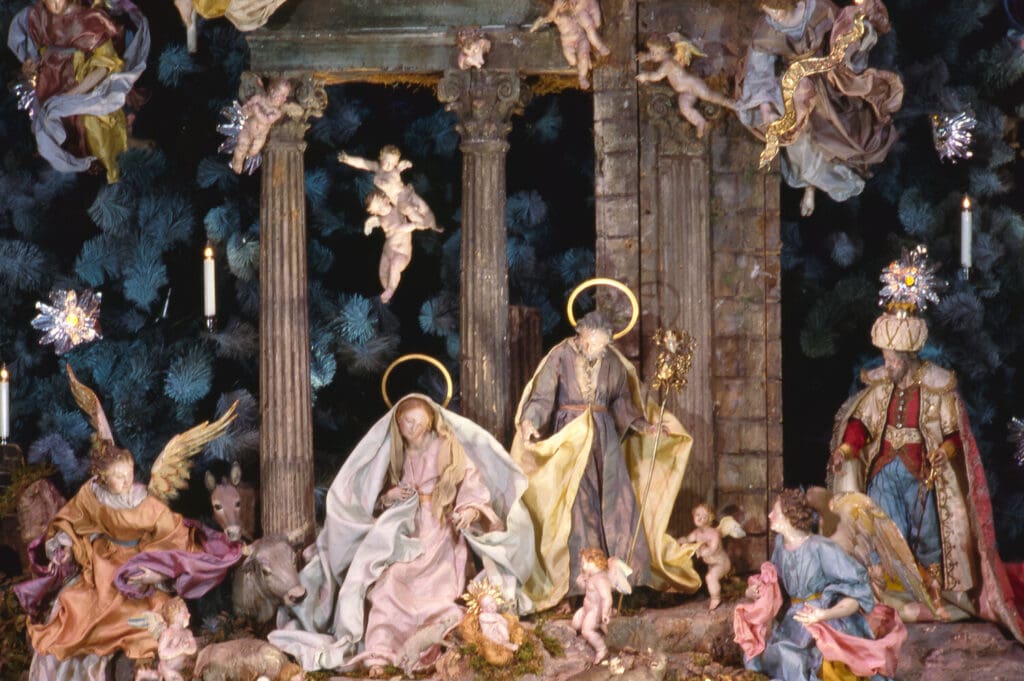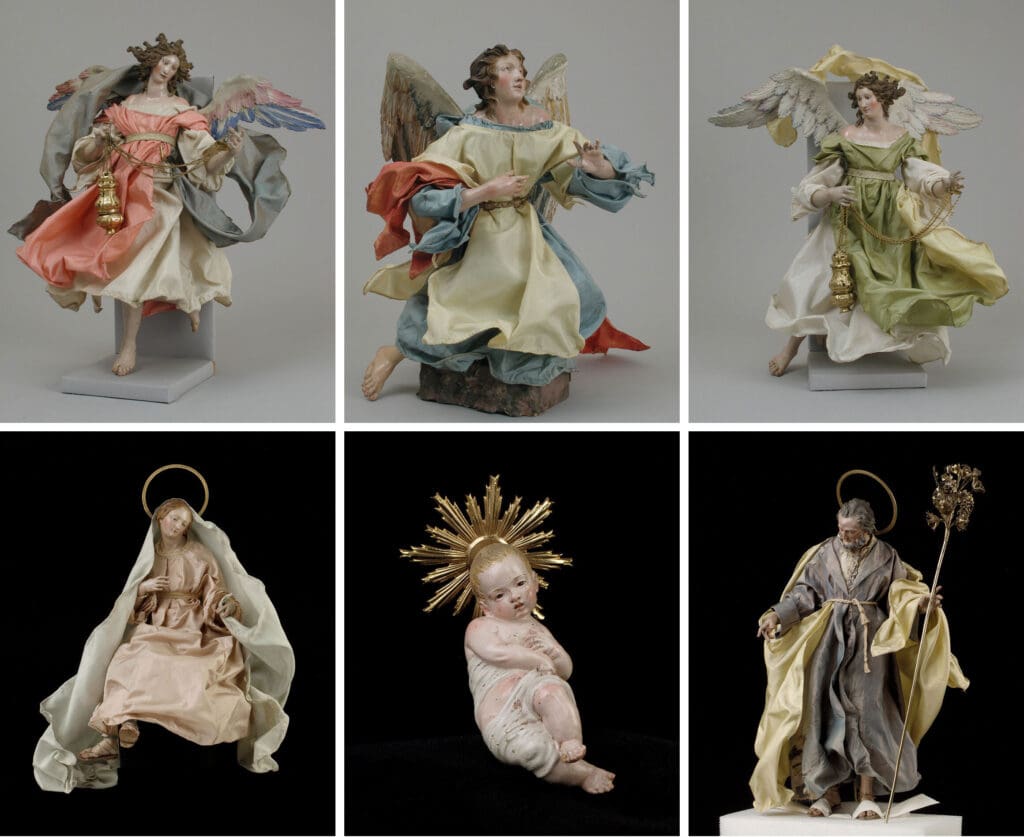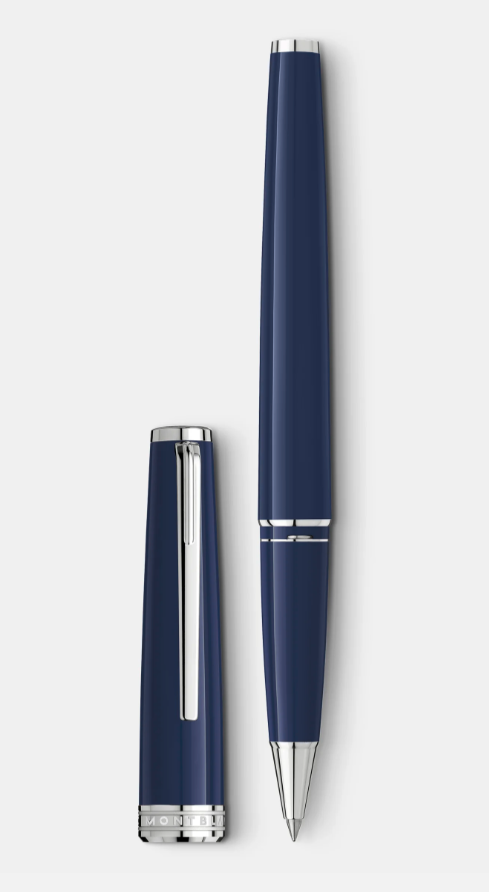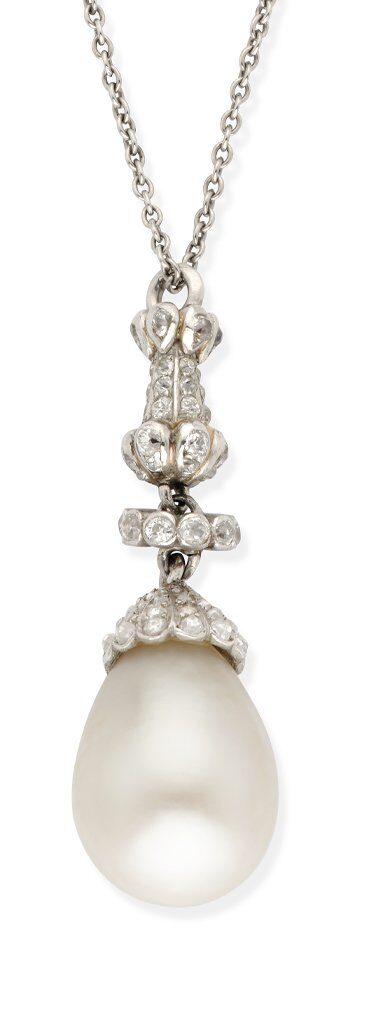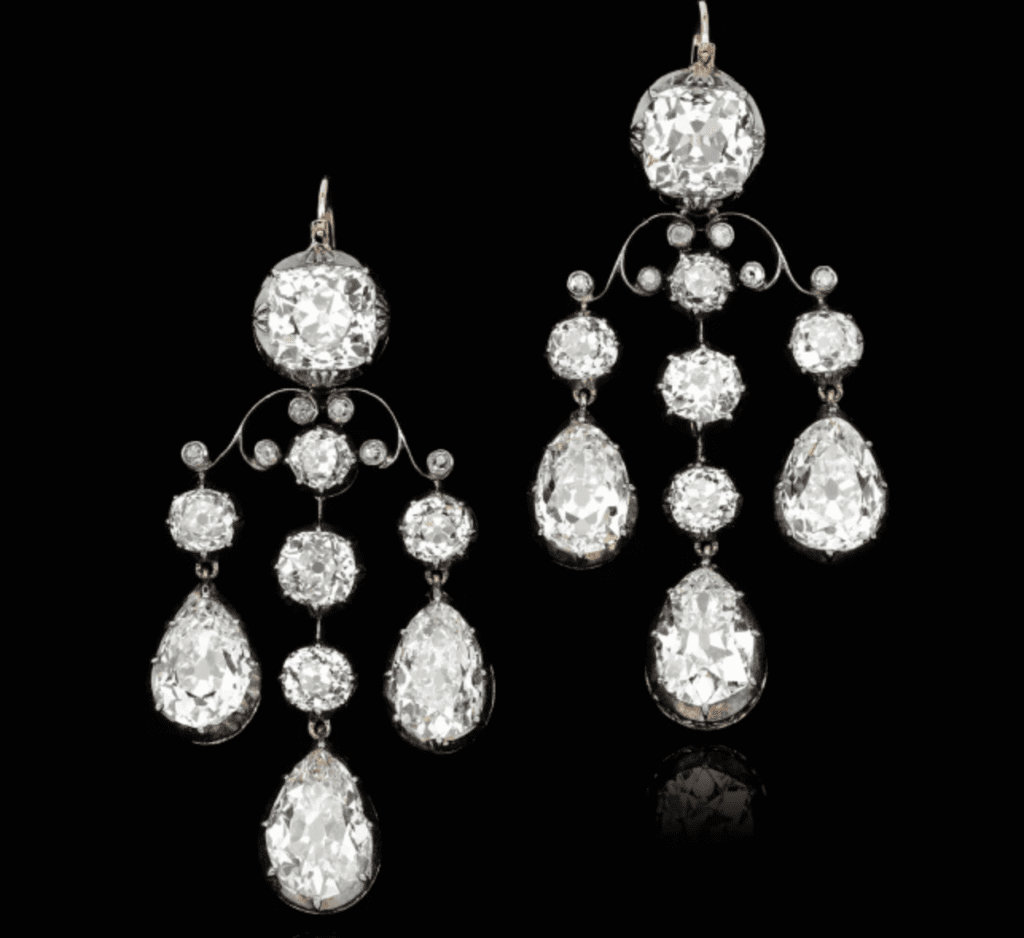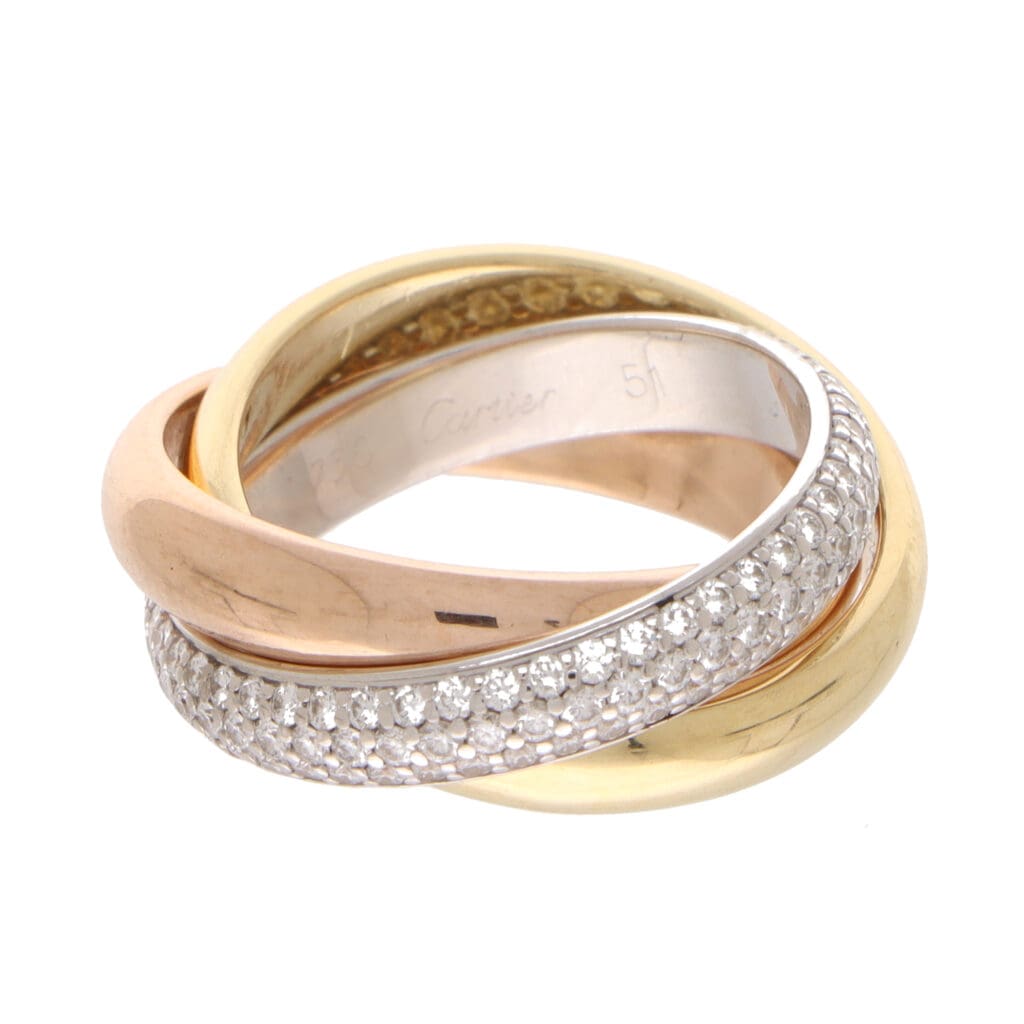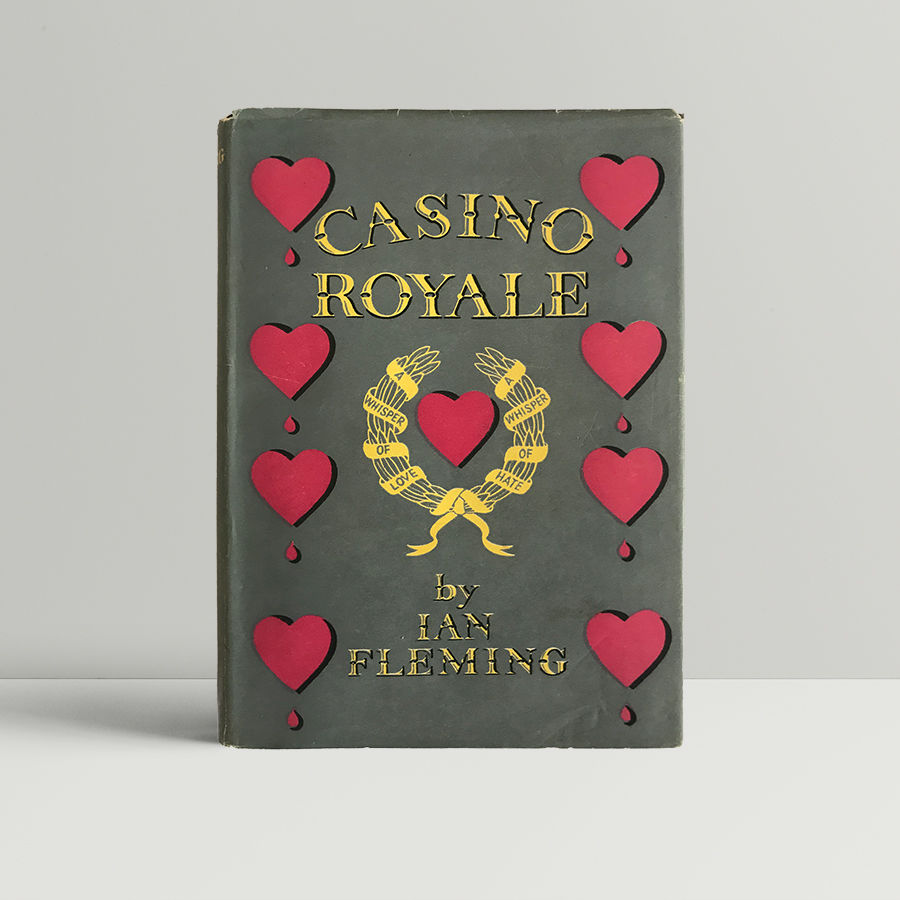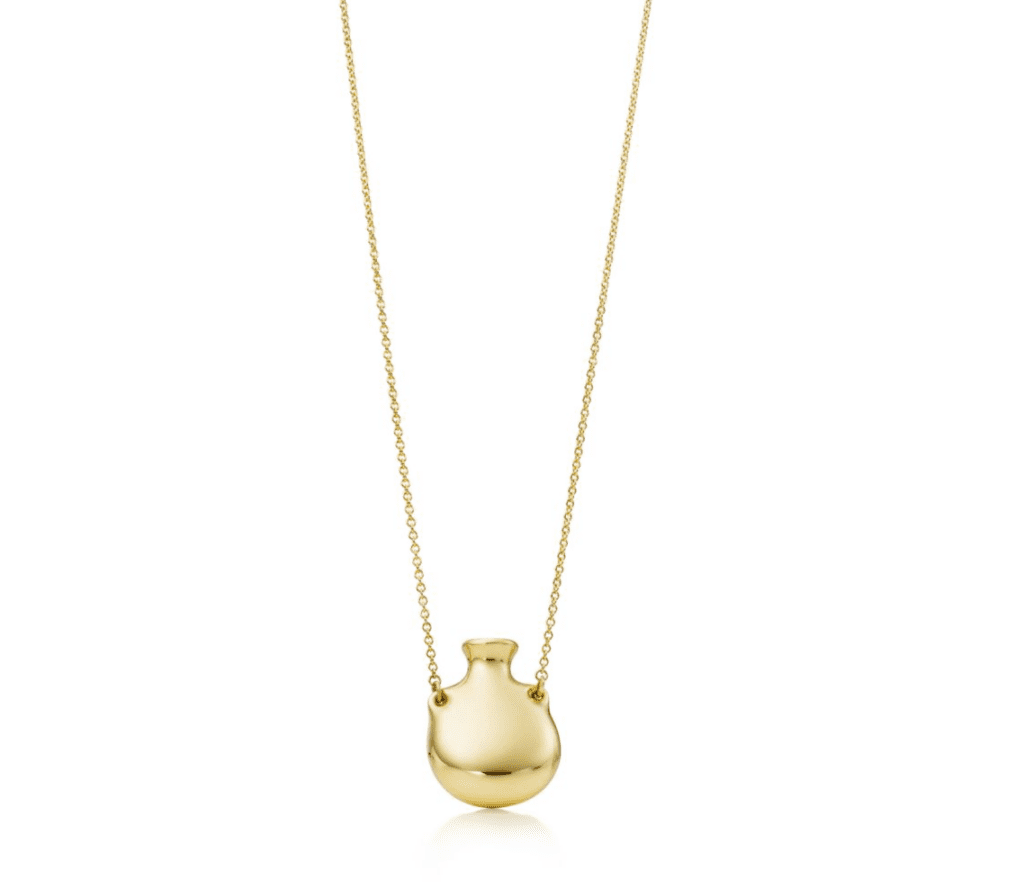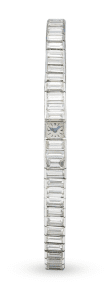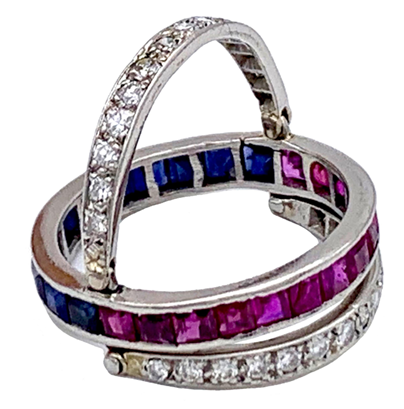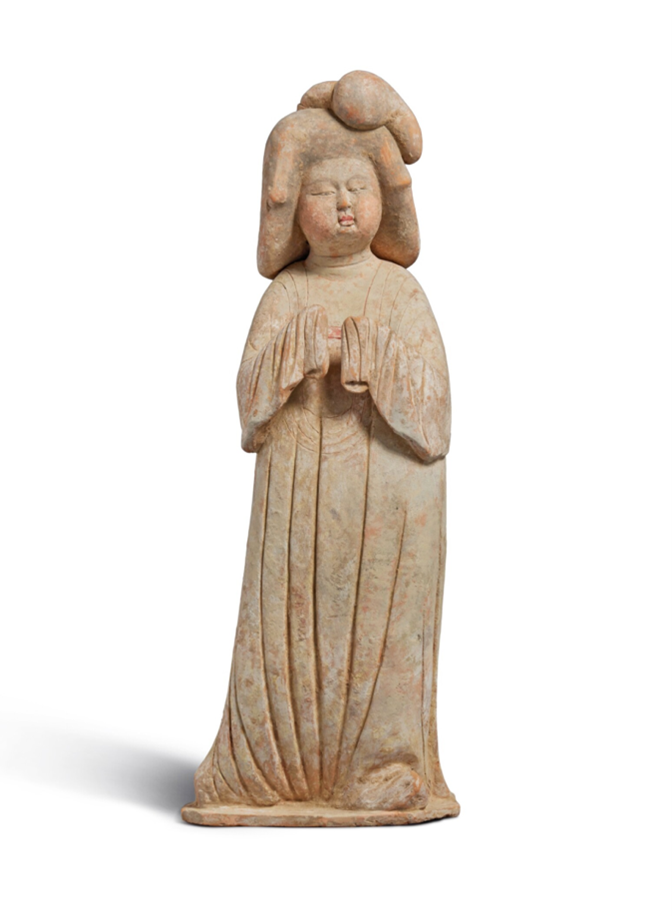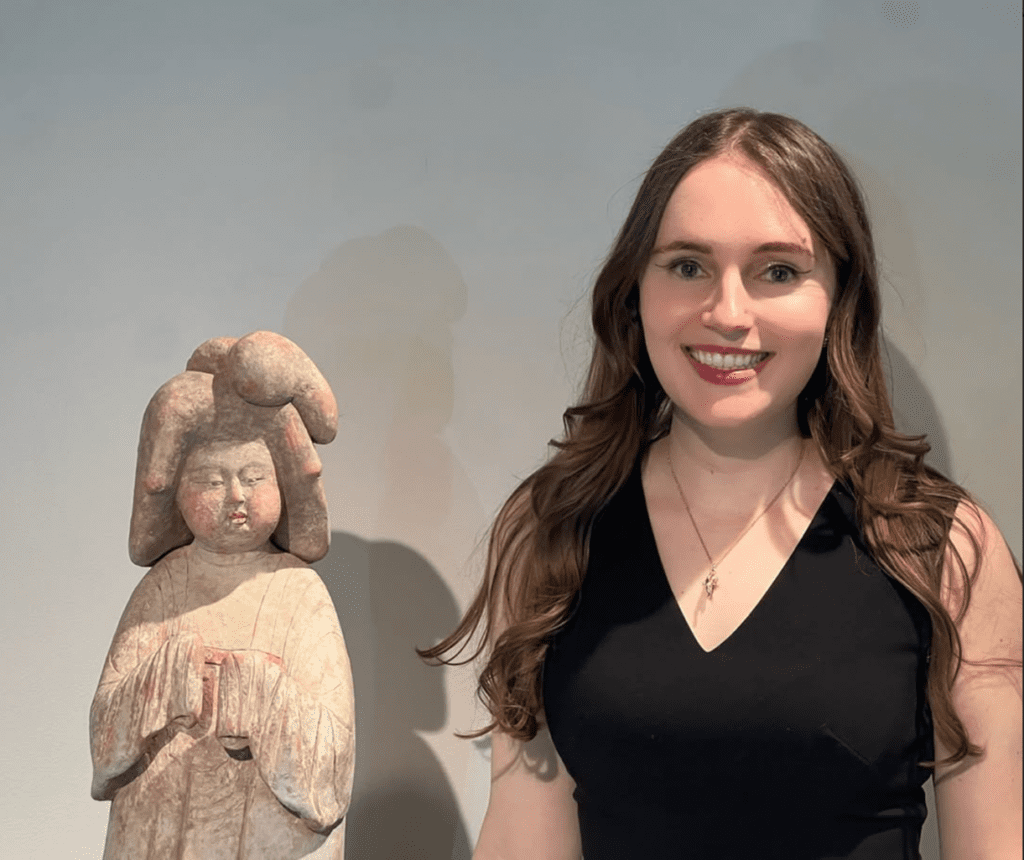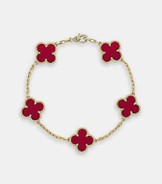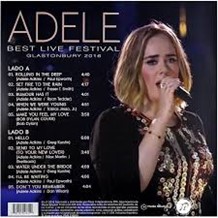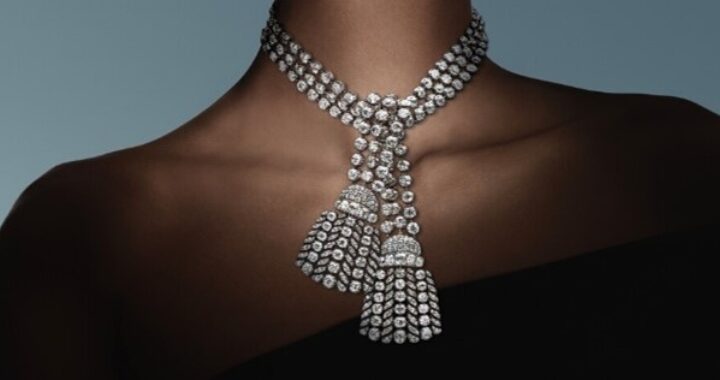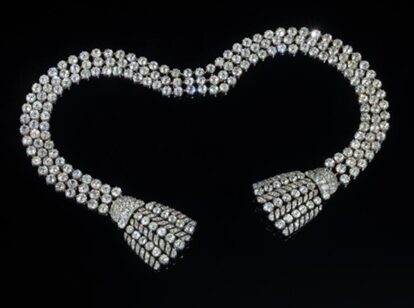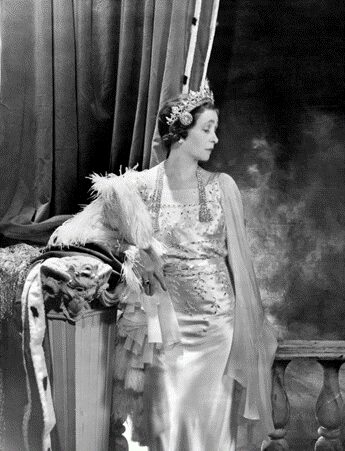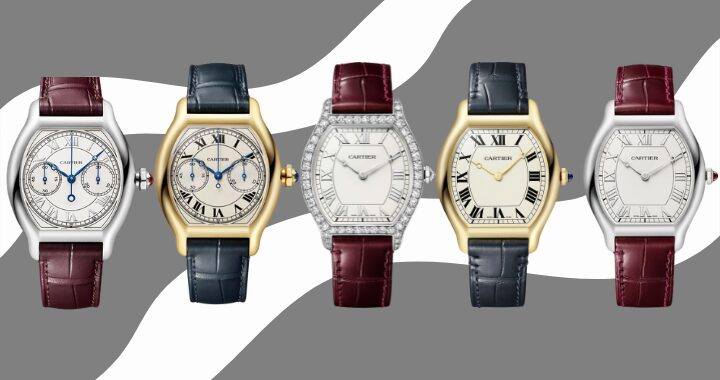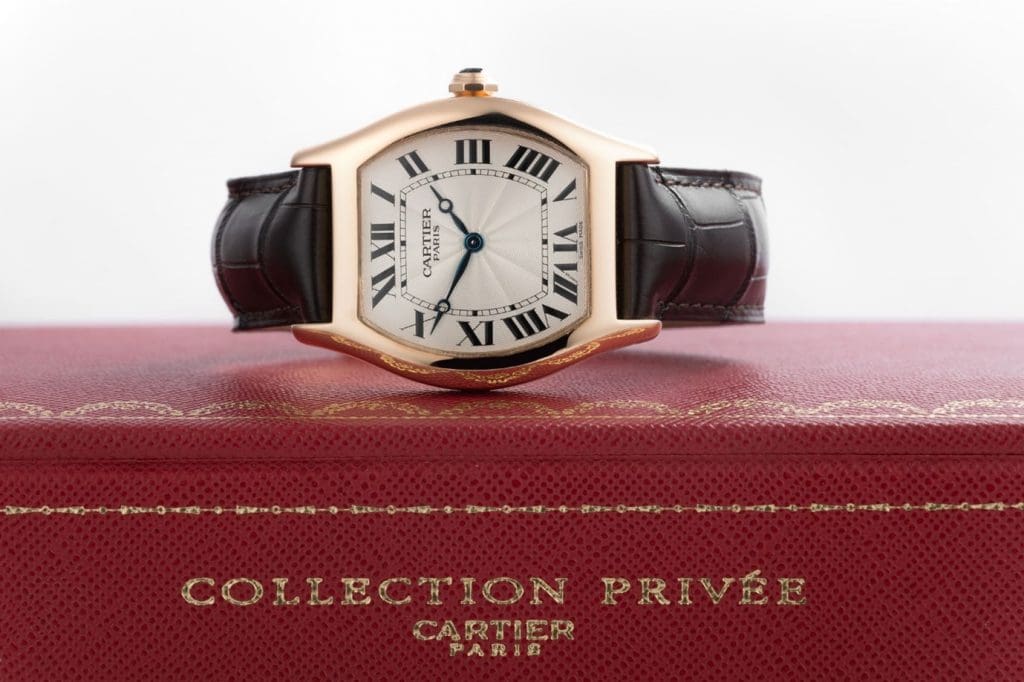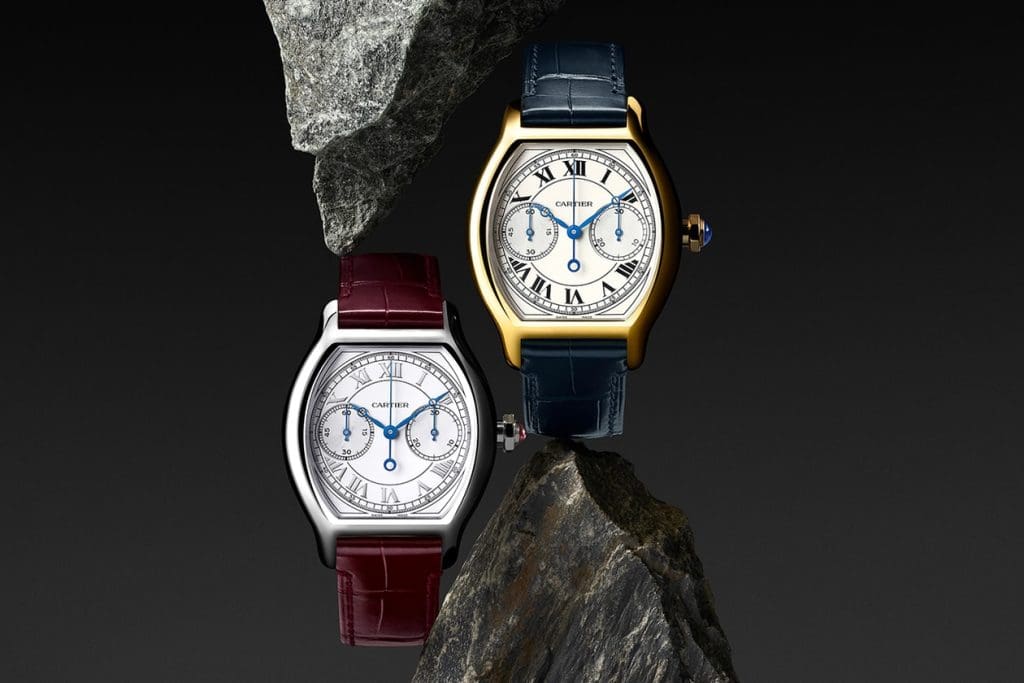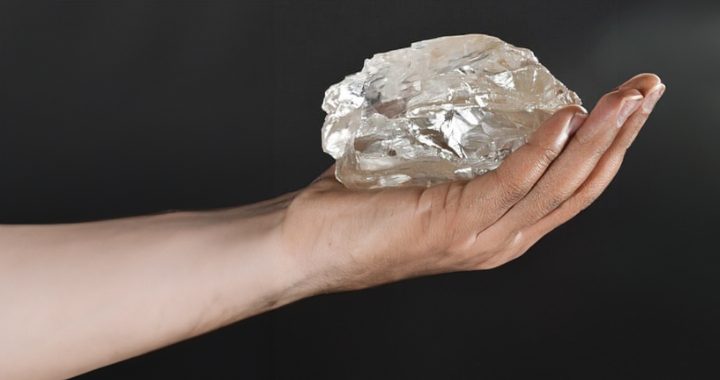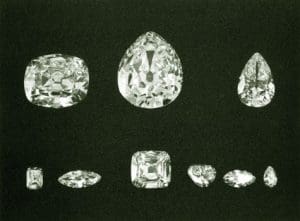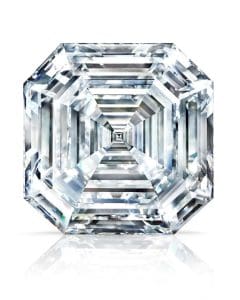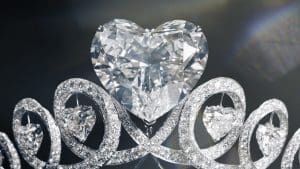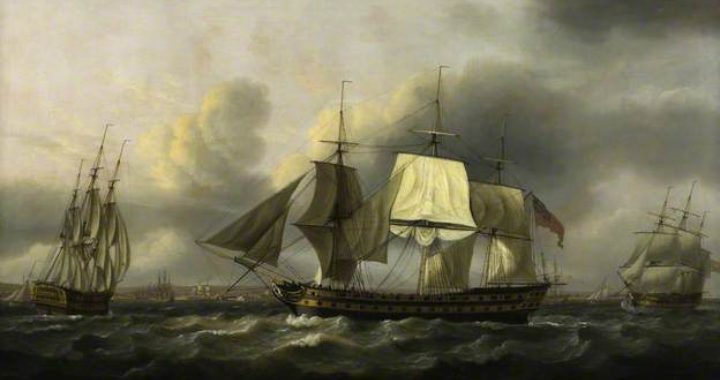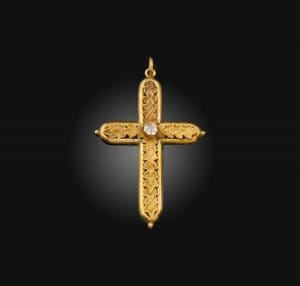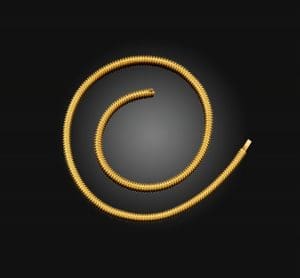Highly anticipated, Christie’s Sale of Iris Apfel’s collection took place as a timed auction from New York, running from 28th January until 13th February. The sale included 220 lots from the late ‘Matriarch of Maximialism’s’ personal collection across fashion, furnishings, textiles, accessories and of course, jewellery.
Known and celebrated for her bold and bright signature style, Apfel was a renowned interior designer, fashion icon, model, curator and collector. Her irreverent, eclectic and playful style was absolutely reflected in the incredible lots on offer.
Accessories
It seems fitting that the lot to ‘kick off’ this stylish sale was a selection of eighteen pairs of glasses. In bright hues, zebra prints and heart shapes, this striking mixed lot certainly set the tone for the rest of the sale. Estimated initially at $400-600, the bids were sitting at over ten times that amount a mere few days into the two-week timed sale, and one lucky bidder secured this lot for $15,120.

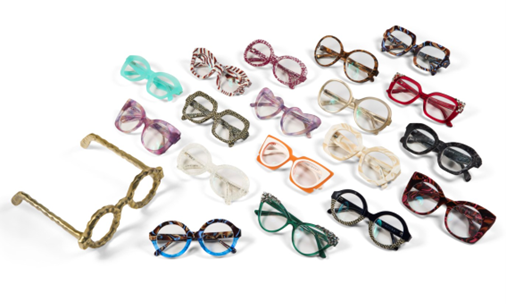
Another lot that was unsurprisingly popular was lot 48, ten pairs of eyewear. Only two days into the sale the bidding was at $3,500 against a modest $200-300 estimate, and bidding concluded at an incredible $16,380.
Another lot of Apfel’s accessories included a selection of evening bags. Including all the hallmarks of Apfel’s signature style to include embroidery, bold colours, feathers and embellishments, this popular lot sold for $10,080.
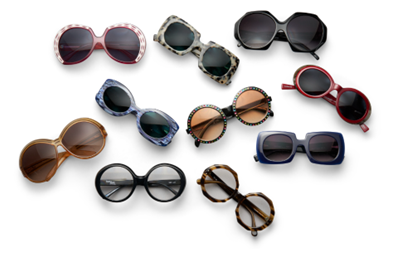

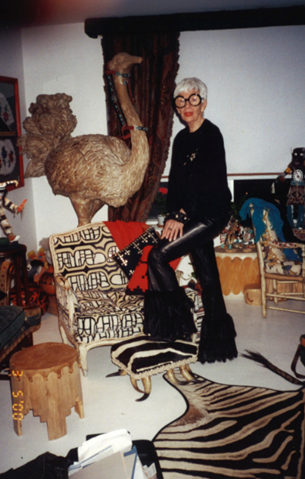
Furnishings
The daughter of an antique dealer and an expert on interiors (having decorated the White House for no less than nine Presidents!) bidders were offered a glimpse into Apfel’s extraordinary collection of interiors and decorative objects.
Animals were a huge feature in Apfel’s interiors collection, multiple paintings of Maltese dogs (a clear favourite), Black Forest bears, and even a giant carved ostrich were just a few of the animal lots on offer. The carved 1970s Italian ostrich stood 124cm high and had been featured in Apfel’s Architectural Digest issue of 2016, estimated at 6,000-8,000, this big bird sold for $16,380.
Vibrant prints, colours, and an eclectic mixture of items from Greek style all the way to the present day ensured the catalogue was a visual treat!
A personal favourite of mine was a pair of wonderful Italian armchairs. Modelled with a scallop shell back, dolphin armrests and raised on shell legs, these 20th century carved and silvered chairs exuded sheer opulence! Estimated at $2,000-3,000, these chairs reached $8,820. The back and seat in scallop-shell form, the arms modeled as dolphins raised on shell-form legs, the back legs on each example attached backwards. 40 in. (101.5 cm) high, overall.
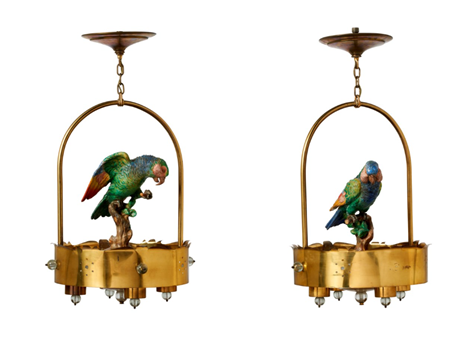
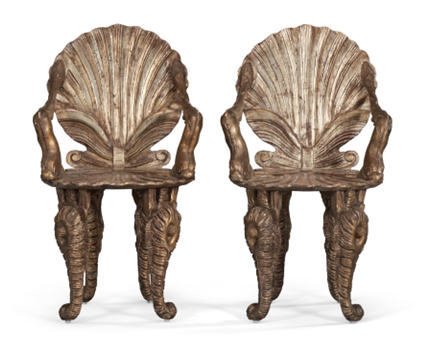
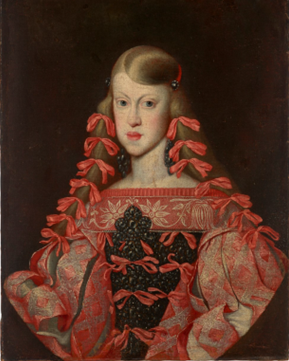
Fashion
Hotly anticipated was Apfel’s selection of fashion and couture pieces. Taking up just under half of the sale, there were ninety-six lots from Iris’s collection, ranging from group lots of unattributed vintage clothing at the lower end of the offering, all the way to custom couture pieces Iris wore in printed publications. This wonderful mixture of high-low dressing was absolutely Apfel’s trademark and lent an accessibility to collectors of all levels.
Designer garments by Carolina Herrera, Balenciaga, Dries Van Noten, Moschino, Christian Dior, Alice & Olivia, Valentino, Prada, Jean Paul Gautier, Iris Apfel x H&M and countless other designers were offered with estimates from $100-200 to $1,200-1,800.
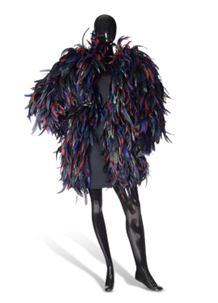

Lot 51: A MULTICOLOR FEATHER COAT
LABELED DIOR HAUTE COUTURE, PARIS, 21ST CENTURY
Amongst the top sellers was this fabulous Dior Haute Couture feather coat that Apfel had been photographed in by James Mollison for the Collectors series, featured in a 2018 Issue of Christie’s Magazine. This piece instantly attracted bids and reached $9,000 very early on in the timed sale, finally settling at $11,970 at the conclusion of the sale.
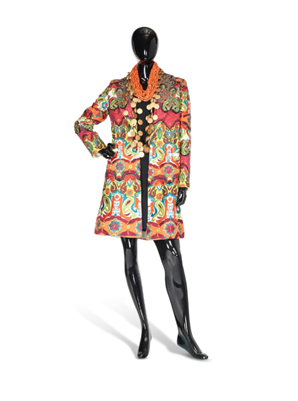
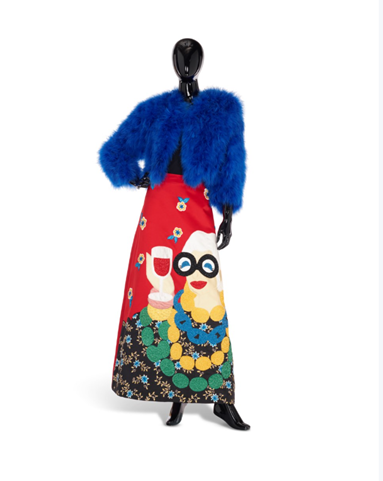
A heavily beaded and embroidered coat by Stacey Bendet for Alice & Olivia in 2022 was also fought for by bidders and reached $6,048 against a $400-600 estimate.
Another garment by this designer was an eye-catching A-line skirt detailed with Iris’ own embroidered and sequinned portrait sold for $7,560.
Jewellery
Another layer of Apfel’s iconic style was of course her jewellery. This sale featured sixteen lots of jewellery, all beautifully bold and eye-catching!
Group lots of brightly coloured lucite bangles, costume jewellery acquired from travels to Eastern Europe, the Middle East, China and the Hindu Kush region, beaded necklaces, rhinestone suites, and Southwestern American jewels were all a part of this spectacular offering of stylish jewellery.
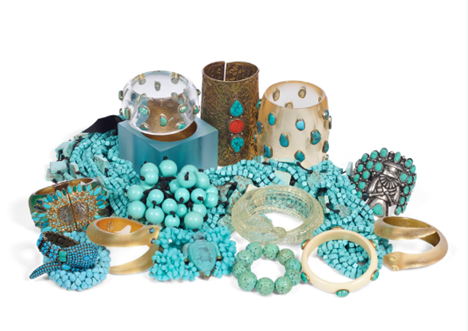
The top-selling lot for the jewellery was this wonderful selection of turquoise, lucite and resin costume jewellery. Featuring an Alexis Bittar bangle, Jianhui London necklaces and bracelet, Rara Avis bracelets, blue hardstone studded lucite cuffs and bangle among others, this beautiful collection sold for $9,450 against an estimate of $300-500.
Pieces from Apfel’s own line of costume jewellery Rara Avis, originally sold through the Home Shopping Network were also amongst the lots on offer. Her playful lucite bangles set with googly eyes were trademark Iris and one of the most popular designs from Rara Avis at the time. These typically retail on the secondary market between $300-400, however with the added provenance, this lot of fifteen bangles (six by Rara Avis) sold for $6,300.
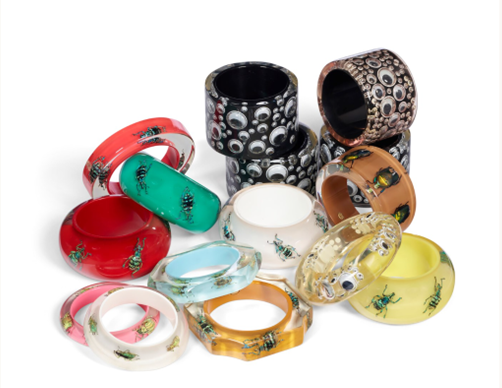
To arrange a jewellery valuation, call us on 01883 722736 or email us on [email protected].






